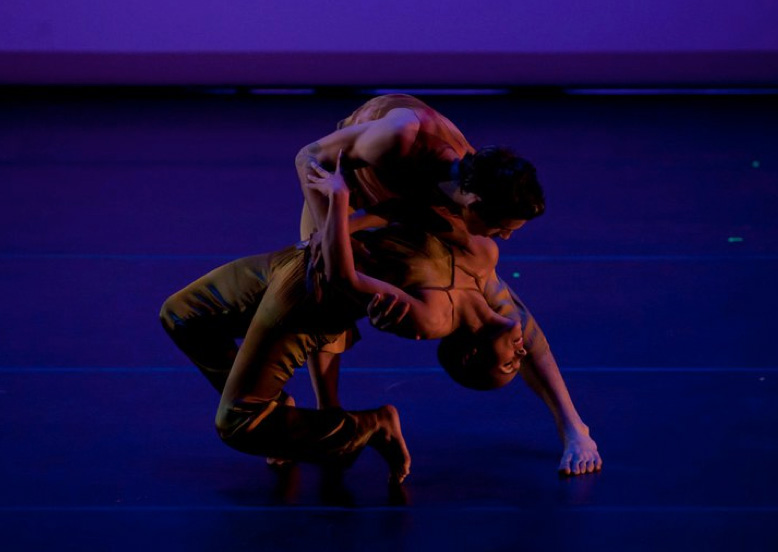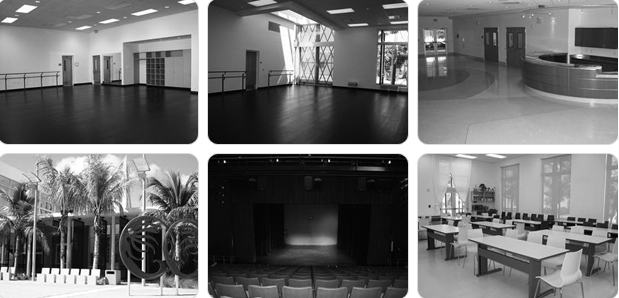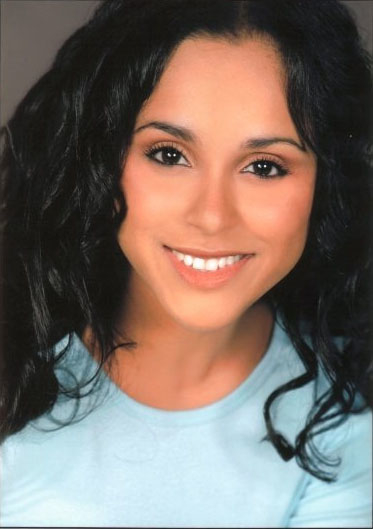
Cherilyn Marrocco is MAD Dance
If you’re looking to hone your talents, then go to MAD. Cherilyn Marrocco’s MAD (Marrocco Academy of Dance) is open to students of all ages with varying abilities who have the desire to a nurturing, non-competitive environment to develop their talents in various disciplines. Classes in ballet, theater, singing and songwriting are offered at the academy, along with my personal favorite — salsa. I spoke with Marrocco shortly after MAD opened. We spoke about her vision for MAD and how her academy seeks to develop Miami’s performing arts scene.
Neil de la Flor: What is your vision for Mad Dance?
Cherilyn Marrocco: At MAD Dance, we offer a warm, friendly, nurturing environment for all our dancers and their families. Many of our students intend to pursue a professional career, but just as many simply wish to gain grace, poise and coordination. In either case, we teach our students to “love dance and music,” while encouraging them to reach the highest standards in style and technique. With a world-class faculty and unrivaled connections to the professional dance world, MAD Dance is proud to offer students a vibrant and stimulating learning experience in acting, dance and voice, as well as one-on-one coaching from top industry professionals in a dynamic year-long series of master classes.
Our goal is to create programs that achieve substantial and lasting contributions to the future of the arts. Every MAD endeavor embraces the following values: a nurturing support system, a commitment to serving and cultivating a diverse audience and collaboration and exchange between emerging and accomplished artists. We do this in a caring environment, offering all students of the academy a positive learning experience which is constantly monitored for potential improvement.
The MAD training program offers a conservatory-like course of study focused on providing the education, practical experience and professional exposure necessary for successful careers in musical theatre and Dance performance.
ND: Does the academy have a specific focus or is it multidisciplinary?
CM: MAD definitely has a variety of programs. Our musical theater MADness Program is a unique performing arts training organization, where students are encouraged to embrace musical theatre as a method of self-exploration to enhance their personal growth and professionalism. We have a year-round musical theatre program for students in grades pre-K through college. MAD is committed to bringing the highest quality in music and theatre education to students who live or attend school in all of South Florida.
Our MAD Dance Program also has an open-enrollment dance program for children and adults ages 4 and up that promotes discipline and creativity, while encouraging each student to reach their highest potential. Classes focus on building a solid foundation in ballet technique and other styles with an emphasis on proper placement and safe progressions of movement while remaining sensitive to the developmental needs of younger dancers. We also offer contemporary, modern, jazz, tap, Pilates and hip-hop.
ND: You stress that the academy focuses on a non-competitive atmosphere. What is it about competition that you believe is detrimental to the development of young talent?
CM: I’ve often felt that some of the kids I was teaching did not have the technical skill to back-up what they were performing in their competition classes and dances. They would drill advanced skills, like switch leaps, and end up with chronic knee and back injuries. It was often disturbing for me as a teacher and at times I voiced this. Sometimes there seems to be conflict about competing, recognizing that students were not at a level they should be but feeling pressure (From parents? From students? Because competing keeps the school competitive business-wise? I’m sure there are many reasons) to continue competing the kids. There are many studios out there that rely on once-per-week ballet classes to support the technique for competition, but certainly that isn’t enough for the competition level.
ND: What about the cost of extreme training?
CM: And, I also feel frustrated that at times the creative aspects of dance are sacrificed to training extreme (bigger, better, faster, more turns, higher jumps) skills. Those that do it best, train the whole dancer. However, this takes a great deal of time and commitment and not all dancers or studios competing put that time in so something’s gotta go and it’s often creativity, artistry, expression of self that gets lost. I think there’s a way to find balance.
ND: Is competition anti-creative?
CM: Competition has great potential to bring out the best in people, but it also has great potential to bring out the worst. Bullying, catty behavior and favoritism. Where there is competition for parts, roles or attention, there is room for negativity (in the professional world, too.). Particularly, where children are involved, however, I do think it is up to teachers and studio owners to encourage (demand) positive and considerate behavior. This does not mean needing to adopt a “yippee, everybody wins, everybody’s perfect” attitude. I think it means that 1) We respect the art form by committing to personal growth, recognizing that everyone has room to improve. 2) We diversify our focus to include a full spectrum of goals in dance (not just the competitive side of it).
ND: Last time we spoke, you mentioned that Mad Dance will bring something new to South Florida. What is that new thing you’ll bring to the community?
CM: Many say MAD Dance is referred to as a ‘the place where it all happens.’ I believe this is true. We have such a wide range of classes in dance, theater, musical theater and music that students don’t have to go to five different places to study. Many students also get their ‘break’ in the business from opportunities and acquaintances provided by MAD.
We fly down many professionals from all over the world to enrich the lives of our students. We give a huge shout out to Broadway star Janet Dacal for inspiring so many of our students. We also would like to thank the Broadway Theater Project for enriching our students as well as Jacob’s Pillow and Belvoir Terrace in Mass.
ND: Biggest challenge getting the academy up and running?
CM: The biggest challenge was finding a home for MAD. The Little Haiti Cultural Center has opened its doors to us to provide arts education for all the South Florida Community. We are so grateful to be able to do what we love in such a beautiful state-of-the-art facility. The theater and dance students get the chance to study in a theater as well as two beautiful dance studios.
ND: Biggest setback?
CM: At the moment, I honestly have to say there is no setback … this is a process and when all the faculty are on the same page, everyone is happy with the progression of our students.
ND: Positive outlooks are appreciated. What would you like everyone to know about you or Mad Dance that they might not already know?
CM: We are a dance school as well as a musical theater conservatory. I have had the privilege of being part of both worlds training at Miami City Ballet and then studying musical theater at New World School of the Arts. I’m here for my students 100percent, and I’ve finally found my purpose in life. To nurture kids lives in the arts and share my world with them. Let’s all GO MAD together.
Marrocco is the artistic director and owner/founder of the Marrocco Academy of Dance/ MAD Dance. Marrocco is a Miami/New York-based choreographer, director, instructor and performer. Marrocco founded MAD Dance to bring others all of the joy, experiences and appreciation for the arts that dance provided her. For more information about Marrocco and MAD Dance, visit http://www.maddancemiami.com/.
Recent Content
-
Artsarticle ·
-
Artsarticle ·
-
Artsarticle ·



